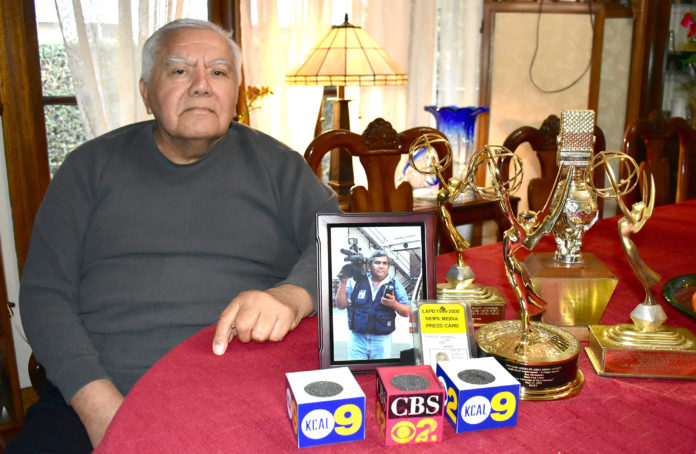
By Skye Hannah | Contributing Journalist
It was truly a trial by firefight when South Pasadena resident Ray Hernandez started his career as a Los Angeles TV cameraman in the early 1970s. Weeks after taking his first full-time position with KCBS Channel 2 to shoot a variety of news programming, he found himself filming the biggest shootout in Los Angeles history, dodging bullets in the process. The experience launched the then 24-year-old Hernandez into a career that spanned 30 years, setting a new bar for filming and earning him numerous awards, including several Emmys, Golden Mics and commendations from the City of L.A.
In February 1974, the Bay Area-based Symbionese Liberation Army (SLA), a self-styled left-wing militia, gained international notoriety when they kidnapped 19-year-old Patty Hearst, granddaughter of publishing magnate William Randolph Hearst. After later nabbing $10,000 in a San Francisco bank robbery, members of the group fled to L.A. The search was on for their hideout and the whereabouts of Hearst, who reportedly become a supporter of her captors, with headlines that dominated national newspapers.
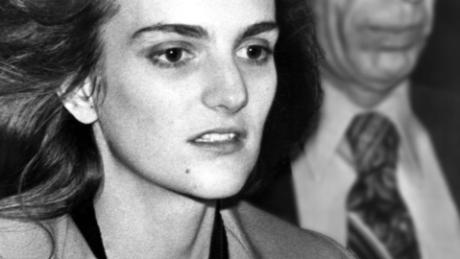
On the morning of May 17, 1974, Hernandez and his cameracrew received a tip that that the Los Angeles Police Department had been notified of a possible hideout of SLA members in South L.A.
Hours later, alongside fellow cameraman Rich Brito and reporter Bob Simmons, Hernandez found himself inside a police perimeter which surrounded a modest yellow home with white trim at East 54th Street and Compton Avenue. As a mark of the gravity of the situation, more than 500 police officers, SWAT team members, and FBI agents took their positions while trying to convince the 6 SLA members inside to surrender.
To capture the developing situation, Hernandez and Brito took turns carrying the latest technological innovation of their industry: an electronic live-feed broadcasting “minicam” which weighed 30lbs on the shoulder and 60lbs in a backpack (previous cameras were film-based and required an extensive crew). At the time, most crews utilized tripods for the hefty electronic equipment.
With the minicam and a 1,000ft cable connected to their truck, Hernandez and his team were able to get up-close and more personal than they had originally bargained for.
Armed with converted automatic weapons and an extensive arsenal, the SLA rained fire on officers, who quickly returned it.
“All of a sudden, we heard the gun battle go off,” said Hernandez. “We were live for 2 and a half hours.”
SWAT team coordinator Al Preciado later told news outlets that he heard SLA leader Donald DeFreeze, known as General Field Marshal Cinque, ordering his group to not surrender and starting the firefight which also involved the use of hand-made film canisters filled with C-4.
“They opened up with gunfire that was unprecedented in Los Angeles police history,” said Preciado. “It was just so loud and so many rounds at one time going off, it sounded like a bedsheet being torn and ripped.”
In another media report, news radio station reporter Gary Franklin recalled the power of the live-broadcast with the significance of the event.
“The public viewed it with a great deal of excitement,” said Franklin. “This was the most exciting thing that ever happened in an American city in a long time. The buildup had been there for weeks and months. It was unbelievable in the middle of one of the world’s largest cities, all of a sudden, boom boom boom boom! Just machine gun fire and explosions.”
Around two hours into the firefight, Hernandez recalled tear gas being deployed by police to the house, which ended up affecting his crew and officers as well.
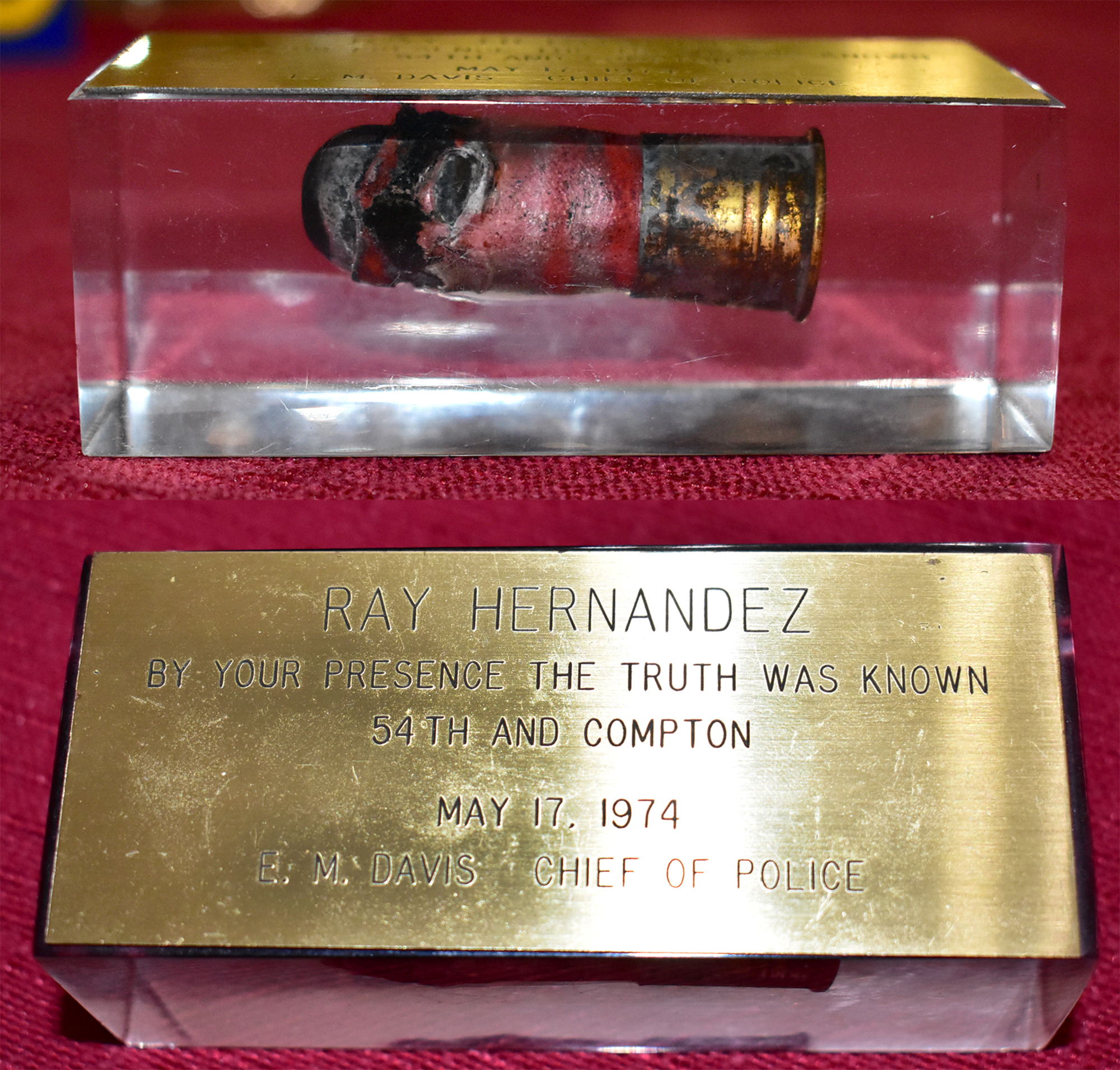
Prior to joining Channel 2, Hernandez had served in the U.S. Army as a projectionist. During training, he had encountered tear gas. Nevertheless, he recalled the experience that day as being less than pleasant.
“You feel like you’re dying,” said Hernandez. “Everything in your body starts to leak uncontrollably… I knew I wasn’t going to die but it was bad.”
At one point, Brito got stuck close to the line of fire when the camera cord got wrapped around a chain link fence and they were desperate to retreat. Hernandez charged forward into the tear gas to free the cord.
“I paid the price,” said Hernadez. “I suffered but I got away from the tear gas.”
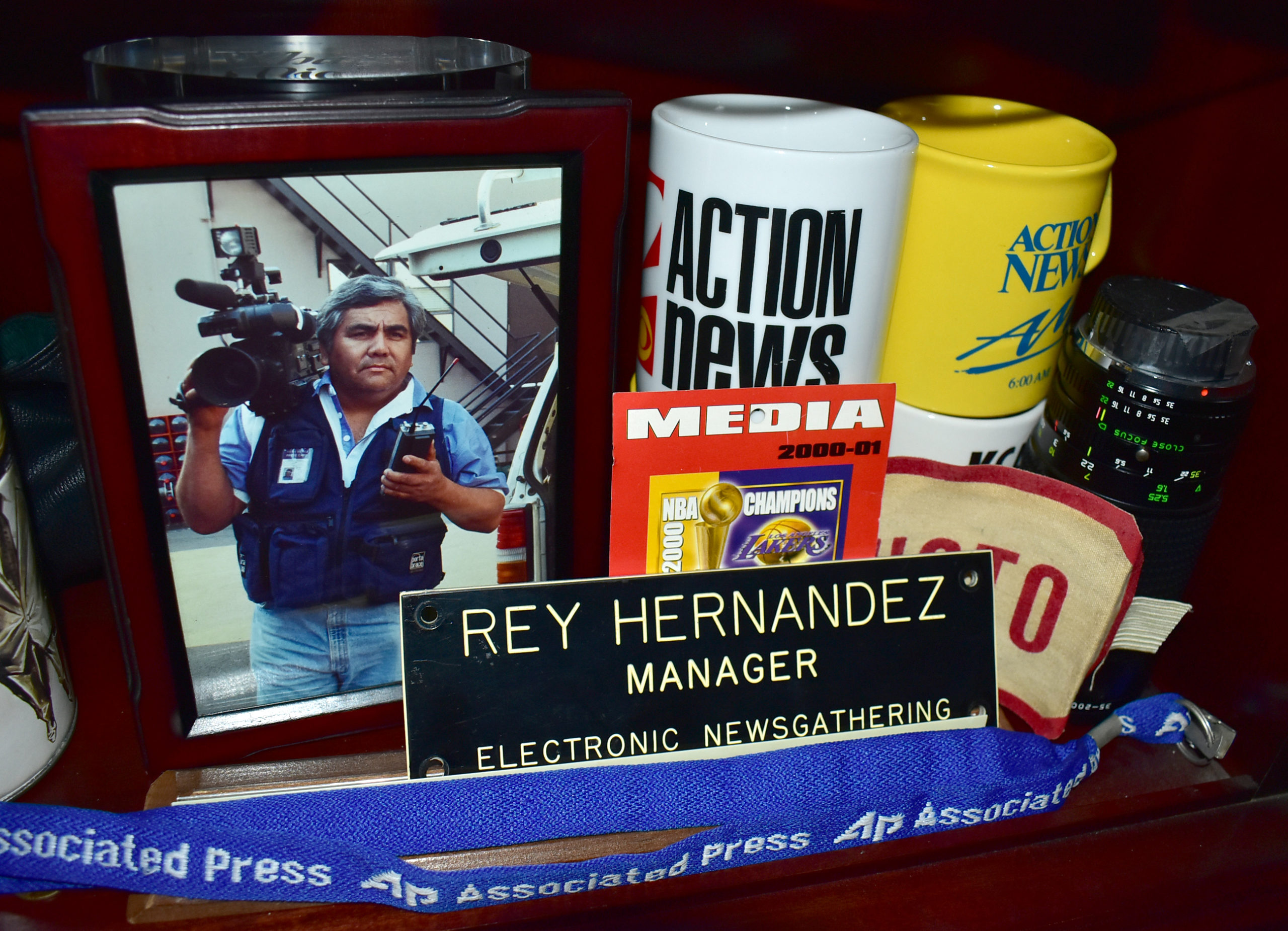
The tear gas being lobbed into the home’s windows then sparked a fire when a cannister connected with ammunition stockpiled inside.
While live-broadcasting the footage to TV channels across the nation, Hernandez and his crew interviewed a LAPD officer near the blazing home when a bullet whizzed by them. They all quickly took shelter behind a palm tree and kept recording.
“We felt it go by,” recalled Hernandez. “It was hectic, crazy. The residents [on the street] were hollering and crying. It was a mess. Luckily no one got killed except for the people in the house.”
Even after the house finally caved in on itself with all six members inside and the shootout was over, Hernandez and his crew continued to provide on-air footage until 2 a.m. the next day.
When all was said and done, police discovered that Hearst was not in the house that day. She was arrested more than a year later in San Francisco and served 7 years in prison.
For Hernandez, the experience was unprecedented and he felt pride in his team for holding witness. Still, the heavy impact of the day made him pause and consider his choice of career.
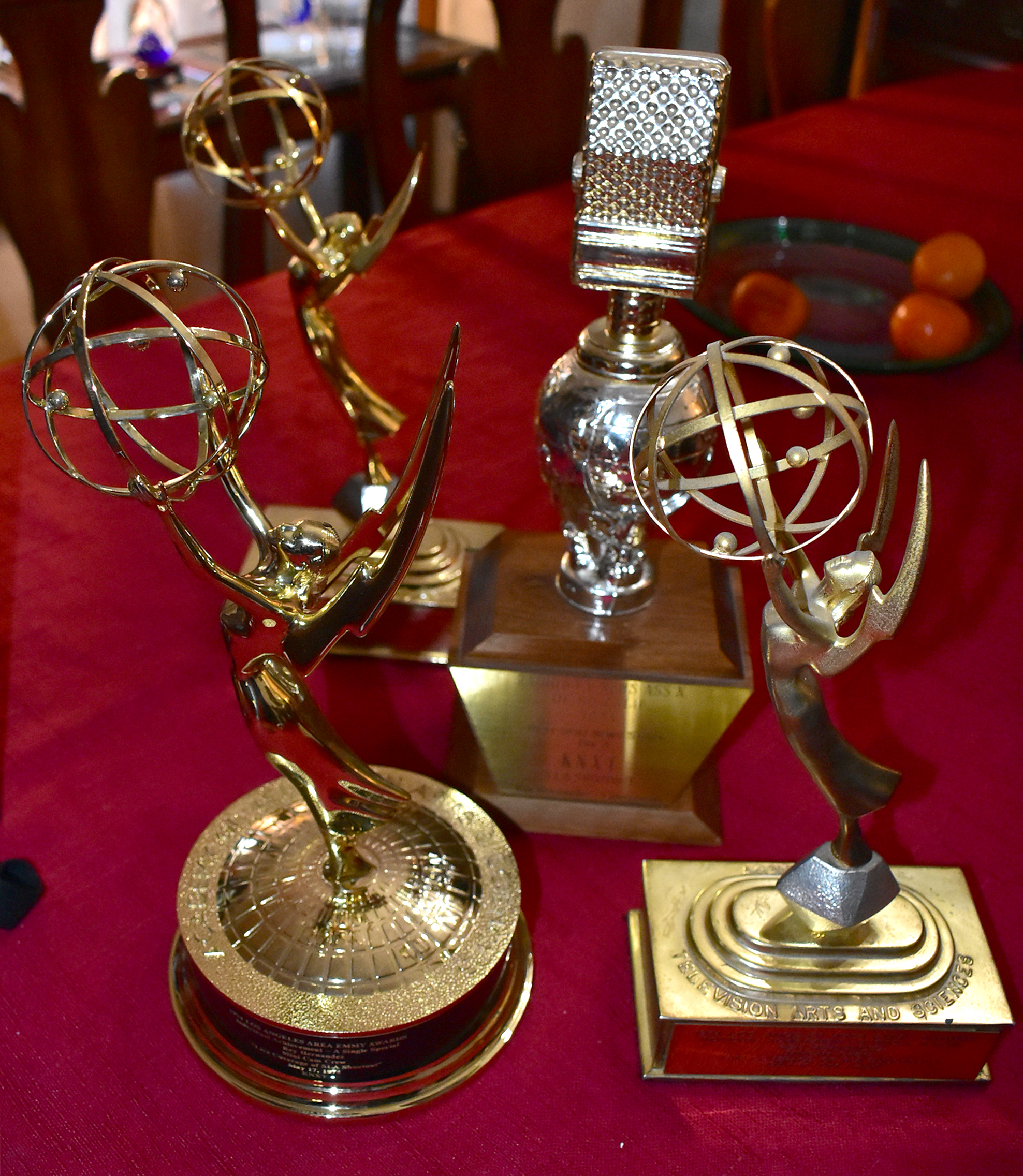
“When we got back to the station, I said, ‘do I really want to do this?’” said Hernandez. “It was scary. Bullets going by, being gassed, seeing police officers having a rough time with it. Everybody was somewhat hiding. I thought about, ‘do I want to do this or not?’ but it was exciting in a sense.”
That sense of excitement kept Hernandez in the industry for another 30 years, covering everything from entertainment to plane crashes, national league sports to earthquake damage. His team’s success in using the portable minicam earned them wide acclaim from across the TV, radio and film industry, setting a new standard on news coverage and creating a new category within the Emmys.
“We were portable and every news director that saw that across the nation said, ‘that’s the way to go,’” said Hernandez. “It had never been done before.”
Hernandez eventually went on to settle in South Pasadena and raised two children with his wife Ruth. Over the decades, he has used his experience to encourage others to drive toward their goals with an unrelenting passion.
“If there was anything that I wanted my kids to learn (it) was how to be self-starters and not to need supervision,” said Hernandez. “You do what you have to do and a little bit more in order to keep going.”
“You’ve got to enjoy what you’re doing and don’t take no for an answer. I’ve worked with some students, where if you tell them ‘no,’ they give up. So, you never give up, never give up.”















.png)






